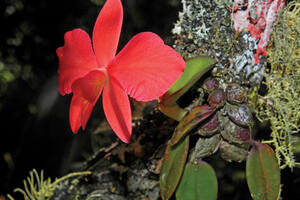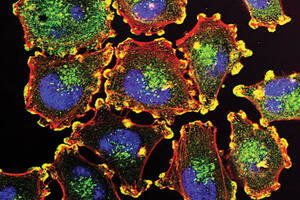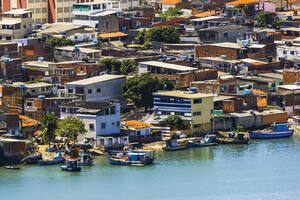Issue # 248 _ October 2016
S&T Policy
DISSEMINATION

How to use knowledge
British report rates experiments to broaden the reach of information based on scientific evidence
By Bruno de PierroScience
BIOINFORMATICS

Programs for an integrated biology
New software examines the role of gene networks in triggering diseases
By Ricardo AguiarZOOLOGY

Obama crosses the Atlantic
A flatworm native to Brazil and named after a U.S. president is now spreading across Europe
By Marcos PivettaBIODIVERSITY

Appearances are deceiving
Integrated genetic and ecological studies reveal evolutionary processes
By Maria GuimarãesECOLOGY

Aquatic America
Habitat degradation could threaten the stability of the world’s largest fish diversity
By André Julião - da Agência FAPESPMelanoma

Less severe melanoma
Protein action may promote a milder progression of skin tumors
By Marcos Pivetta










